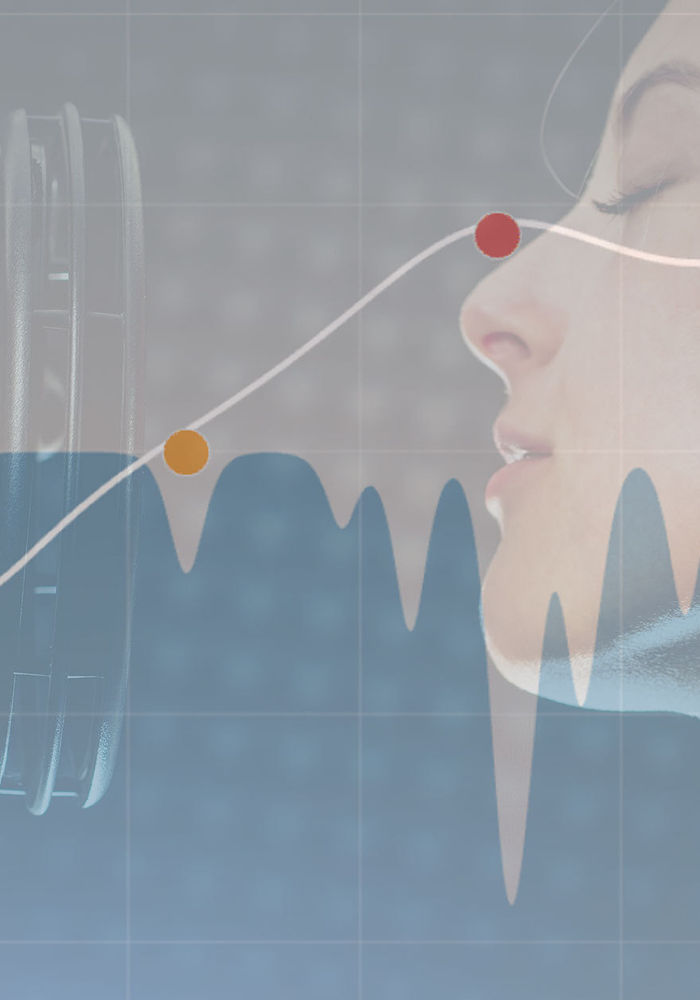Conclusion: What are the best plugins for vocals?
Ask ten different producers, and their list of the best plugins for vocals will undoubtedly all be different.
The plugins we've selected are frequently touted as the best in the business. They regularly make it into the signal chain for our productions here at Headliner, and I can personally vouch for the quality of each plugin.
Ultimately, it depends on what you're trying to achieve and the style of production, so instead of choosing your vocal plugins based purely on recommendation, make sure you try them out yourself and listen critically.
Most of the plugins we've included have a free trial period, so you can give them a spin on your next production risk-free and hear the result.
Related Question: In What Order Should I Place Vocal Plugins?
While the rules are always made to be broken, there are some rules that are best left untouched when it comes to your vocal processing signal chain and where to place each plugin.
As a general rule, any gain-stage plugins, such as saturation plugins, for example, are best placed right at the front. These plugins emulate the effects of a tube preamp as though it were in the front-end of our signal chain during recording.
Next, it pays to apply any deductive EQ before the signal reaches further plugins. This allows us to remove any unwanted excessive resonances or low-end that might drive other plugins unnecessarily hard (particularly compressors).
With the deductive EQ applied, we can add compression to the chain. A nice trick here is to use two compressors (as mentioned earlier in the article). Rather than having one compressor work really hard, we can use two compressors with a light touch to create a vocal that sounds very up-front in the mix.
A note on compression: Purist engineers will insist that too much compression will destroy the life of your vocal. To help avoid this issue, some mix engineers will apply automation to a vocal track before any plugin processing. This method helps to even out volume levels in a more transparent way compared to compression.
With the dynamic levels sitting nicely in the mix, now is a good time to add EQ enhancement. By applying additive EQ at this stage, we can avoid driving the compressor too hard with any boosted frequencies earlier in the signal chain. This is where we can add shimmer and sparkle to a vocal without worrying about changing the behavior of a compressor.
Next up: De-Esser plugins. It makes sense to add a De-Esser after any other tonal or dynamic processing, as it removes a lot of the guesswork from the process. In other words, we don't have to worry about any EQ or compressor plugins bringing those harsh sibilant frequencies back up in the mix if we position this stage at the end of the insert chain.
Last but not least is our spatial or modulation effects. It's best, generally, to apply reverb, delay, and modulation effects via an AUX send rather than through a plugin insert. This way, we can adjust how much of the signal is sent to the plugin and send multiple sources to the same reverb or modulation effect.
In the end, this order that I suggest is just one opinion on how to effectively construct a vocal processing chain. As a producer, you will develop your own techniques and tricks of the trade over time as your style and approach develop.
That's the beauty of mixing as a craft; each engineer imparts their own 'sonic signature' on a production. You'll develop yours over time, and if it's a hit, artists will seek you out for a particular sound. The possibilities are endless.



